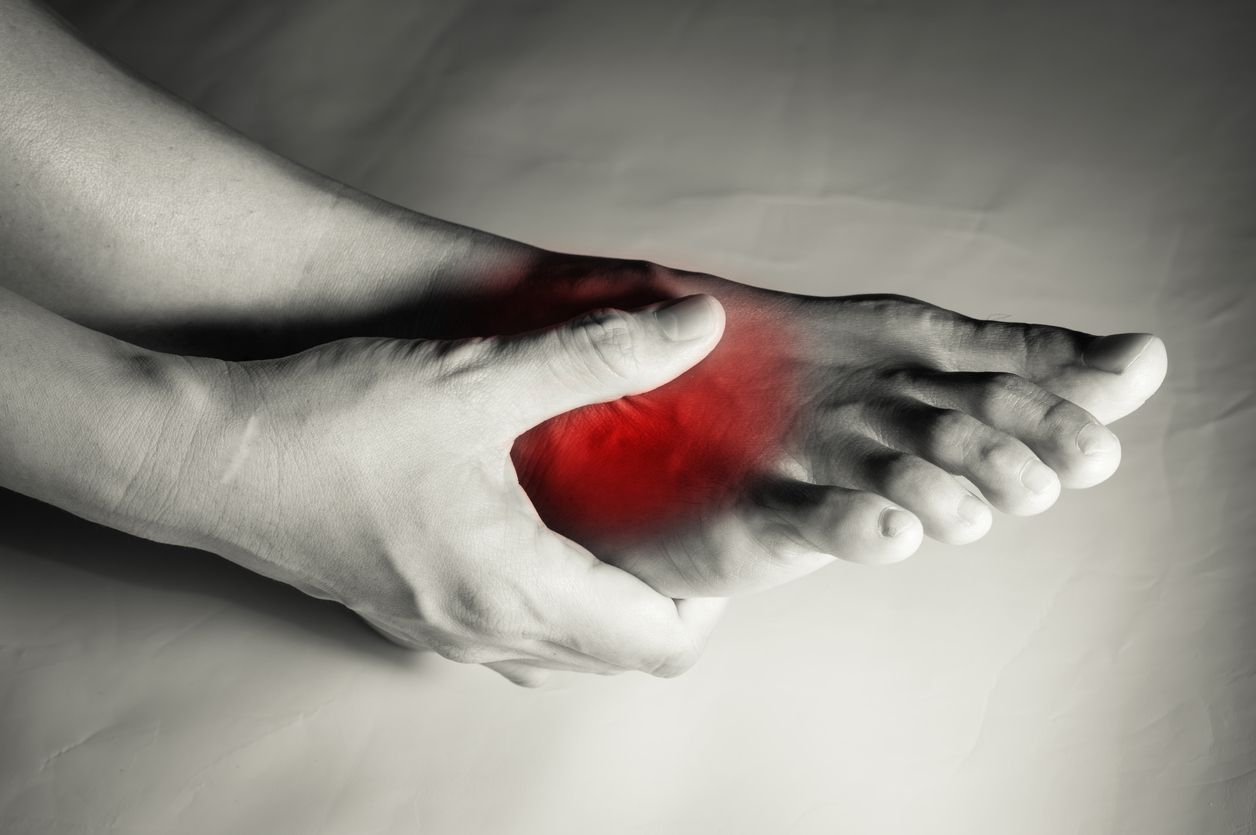Whether you’re an active runner, a busy corporate employee, or a stay-at-home Dad, your feet take a beating daily. For many people, this results in pain in the arches of their feet. Unfortunately, the cause of your pain may not always be clear. If not tied to a specific activity, you may have difficulty figuring out what to do to prevent日本藤素
and combat the pain in your arches. Once you figure out what condition is causing your foot arch pain, it will become easier to address it daily and treat it with the help of medical professionals.
If you are in severe pain, you should not hesitate to contact a local orthopedic surgeon. Dr. Benjamin Stein will help you to find the precise cause of your pain and return to a pain-free life as quickly as possible. However, if the pain you’re experiencing in your arch is more of a dull ache or chronic pain that occasionally flares up, there are a couple of possibilities that could be responsible. Here we will discuss the most common causes of foot arch pain. Knowing them, you can begin an informed conversation with your general practitioner and receive specialized help if necessary.
Plantar Fasciitis
Statistically, there is a very good chance that plantar fasciitis causes your arch pain. About two million people are treated for it every year. It’s a medical term that describes inflammation in the plantar fascia. This is a bow-like (think Hunger Games, not Christmas present) ligament that connects the pad of your foot to the heel.
Plantar fasciitis is most common in athletes that regularly participate in high-impact activity. However, it is also common in people who are obese or naturally have an extremely high arch. In all three cases, the activity or structure of the body puts the ligament under additional stress, prompting inflammation.
Regardless of the cause, plantar fasciitis typically presents as an ache or stiffness in the heel or arch of the foot. However, some patients do experience more intense discomfort. In these cases, pain tends to be more severe first thing in the morning. Fortunately, plantar fasciitis can usually be treated by wearing supportive inserts and performing regular foot stretches.
Posterior Tibial Tendon Dysfunction
Usually referred to as PTTD, posterior tibial tendon dysfunction is sometimes referred to as adult-acquired flat foot. The condition is caused by an injury to the posterior tibial tendon, resulting in inflammation. Symptoms develop and worsen over time, as the tendon can no longer properly support the ankle or the arch of the foot.
When the condition first develops, patients may notice pain and swelling along with a visible flattening of the arch. If left untreated, then the structural integrity of the foot and ankle will continue to deteriorate. Over time, the arch will continue to flatten, and the foot will turn out as the ankle rolls inward.
Orthotic devices, medications, and physical therapy may treat the condition if caught early. However, if your PTTD has progressed too far, then you may required surgical intervention.
If you suspect that PTTD may be the cause of your arch pain, speak with your general practitioner, and contact a local orthopedic surgeon. Together, they will ensure that you receive the care you need by putting together a progressive treatment plan starting with the least invasive options. This approach will give you the best chance of addressing the condition and the least risk.
Overpronation
Of the possible causes for your foot arch pain, this is possibly the easiest to treat. People with flat feet are more likely to overpronate. Many people walk this way regardless of underlying medical conditions. Outside of overpronation caused by an outside contributing factor, the term just refers to an error in stride.
People who overpronate allow the outer edge of the heel to hit the ground first rather than distributing impact across the entire foot. This method of walking puts additional strain on the arch and ankle, resulting in discomfort. Fortunately, for those who just naturally walk this way, there are deliberate motions and foot exercises that can help to correct the stride.
If you are struggling with overpronation and at-home exercises aren’t working for you, don’t hesitate to seek professional help. Orthotic devices and dedicated physical therapy can help to treat your overpronation and reduce the discomfort you feel daily. With care, you can lessen your foot arch pain. Contact an expert today!

